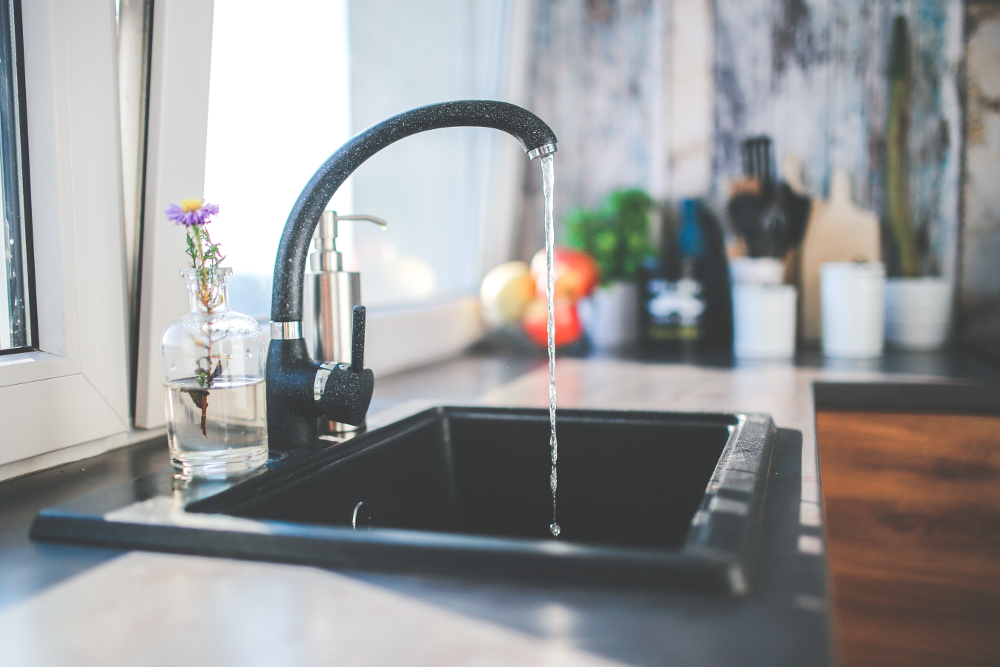
10 Things You Should Never Put down the Drain
Your kitchen sink consistently rates as one of the dirtiest places in your home. According to NSF International, a public health and safety organization, your dishrag and kitchen sink top the list of places in your home with the most germs.
February 11, 2017 | Source: Mercola | by Dr. Joseph Mercola
Your kitchen sink consistently rates as one of the dirtiest places in your home. According to NSF International, a public health and safety organization, your dishrag and kitchen sink top the list of places in your home with the most germs.
Even worse than the bathroom or toilet seat, your sink is the ideal place for illness-causing microbes to thrive.
Your kitchen sink may be a source of frustration when it becomes clogged, or may be an area through which you inadvertently are polluting the environment. The plumbing in your home may seem like a mystery since it's usually hidden behind walls and under the sink.
However, once you understand how it works in your home, and how it's treated when it leaves your house, you'll have a greater ability to maintain your plumbing pipes and reduce your impact on environmental pollution.
How Plumbing Works
The plumbing in your home is a little like the arteries and veins that transport nutrients and oxygen around your body.
The term plumbing is actually used to describe any system that moves fluids from one area to another. Plumbing may be used for sanitation, heating and cooling and water supply, but isn't limited to those functions.
In your home, most of your plumbing pipes are located under your sinks or in your walls as they transport wastewater out of your home and deliver drinking water into the house. Fluid is transported using a system of pipes, fittings and tanks, any of which may become obstructed with bits of whatever is going down your drain.
